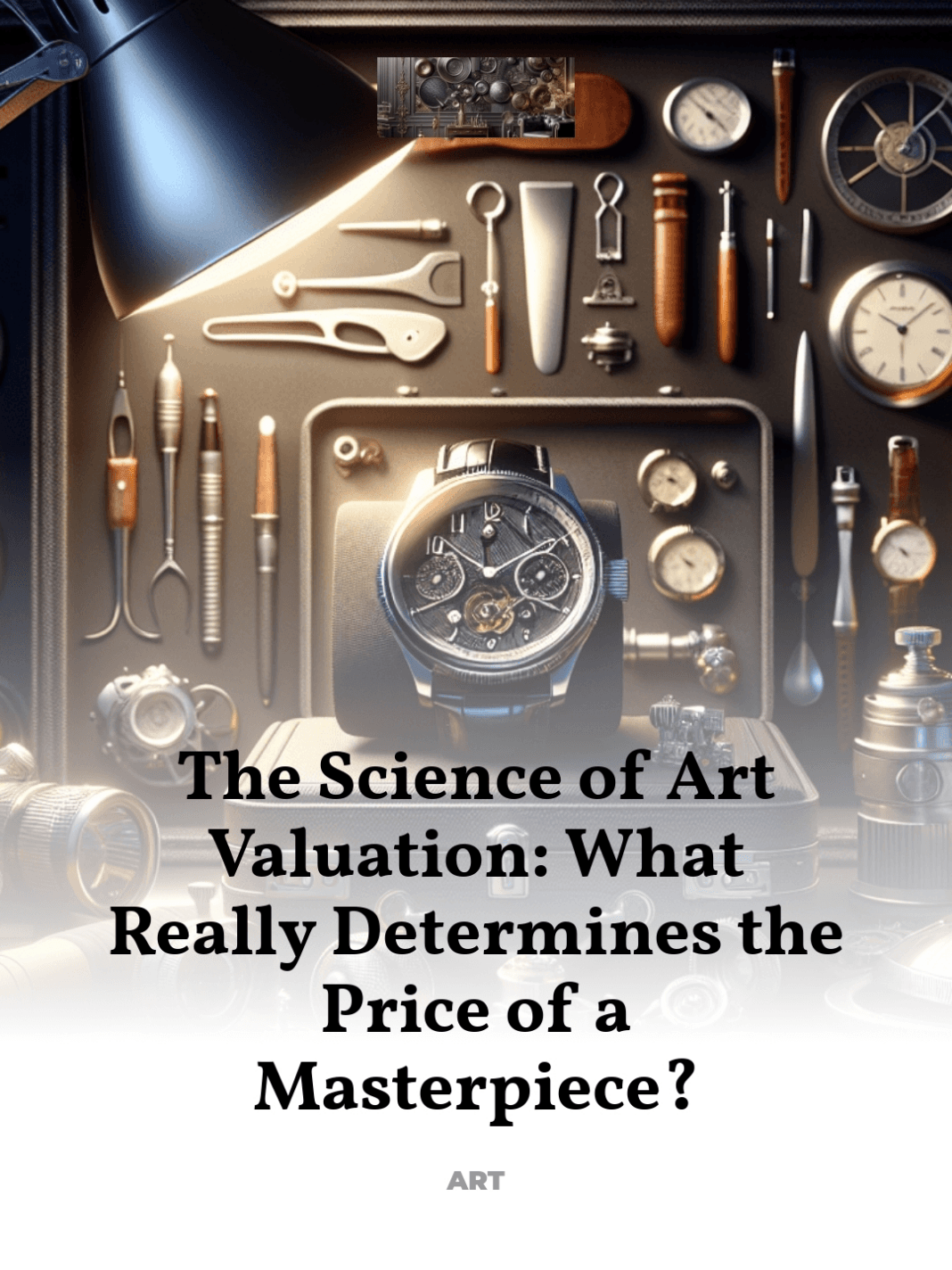The factors that influence art pricing beyond aesthetics
Unraveling the complexities behind art valuation transcends mere aesthetics, delving into a realm where history, rarity, and cultural significance converge.
- Historical Context and Provenance
- The Artist’s Legacy and Market Demand
- Rarity and Uniqueness
- Cultural Significance and Symbolism
- Condition and Preservation
- Beyond the Price Tag: A Cultural Reflection
Historical Context and Provenance
The journey of a masterpiece through history often plays a pivotal role in its valuation. Provenance, or the artwork’s lineage, not only assures authenticity but also enriches its narrative, making it more desirable to collectors and museums alike.
- Documented Ownership: Artworks with a clear, documented history of ownership, especially those associated with notable figures or historic events, often command higher prices.
- Historical Importance: Pieces that have witnessed or symbolized significant historical moments are valued not just as art, but as artifacts of human history.
For instance, Leonardo da Vinci’s Salvator Mundi, known for its royal connections and mysterious past, fetched a record-breaking price partly due to its intriguing provenance.
The Artist’s Legacy and Market Demand
The reputation and historical significance of the artist play a crucial role in art valuation. An artist’s impact on their field, their innovation, and their recognition in the art community significantly influence the demand and, consequently, the price of their works.
- Market Trends: Artists who are in vogue or have recently been the subject of major exhibitions tend to see an increase in market demand.
- Awards and Recognition: Achievements and accolades contribute to an artist’s prestige, enhancing the value of their artworks.
For example, works by Vincent van Gogh are highly prized not only for their vibrant beauty but also for the poignant story of the artist’s life and his influence on the post-impressionist movement.
Rarity and Uniqueness
A masterpiece’s rarity significantly boosts its appeal and value. Unique artworks or those produced in limited quantities can become the centerpieces of auctions and collections.
- Limited Editions: Limited edition pieces, especially those few in number, are highly sought after.
- Unique Attributes: Artworks that showcase a unique technique or subject matter stand out in the art market, attracting higher valuations.
An example is Jackson Pollock’s drip paintings, which are celebrated for their distinctive technique and scarcity, driving up their market value.
Cultural Significance and Symbolism
The cultural impact of an artwork influences its valuation profoundly. Pieces that resonate with or challenge cultural narratives or that embody significant cultural movements are particularly valued.
- Symbolic Relevance: Artworks that symbolize important cultural or social movements often have enhanced value.
- Cultural Representation: Pieces that represent or redefine cultural identities can become key artistic benchmarks.
For instance, Frida Kahlo’s self-portraits are valued not only for their artistic merit but also for their deep cultural symbolism and exploration of identity.
Condition and Preservation
The physical condition of an artwork is crucial in its valuation. Well-preserved pieces are more likely to retain or increase in value over time.
- Preservation Techniques: Advanced preservation techniques can enhance the longevity and appeal of artworks.
- Restoration Quality: High-quality restorations can maintain or even increase an artwork’s value, whereas poor restoration can diminish it.
Artworks like Michelangelo’s David have undergone meticulous preservation efforts to protect and maintain their historical and aesthetic value.
Beyond the Price Tag: A Cultural Reflection
The valuation of art extends beyond simple economics, encapsulating a complex interplay of historical depth, cultural impact, and artistic innovation. Each masterpiece holds a narrative that is woven into the fabric of human history, preserved not just in galleries and museums but in the minds and hearts of those who view them.
For further exploration into the fascinating world of art valuation, esteemed institutions like the Louvre or the Smithsonian offer extensive resources and insights into the myriad factors that influence the worth of art.



